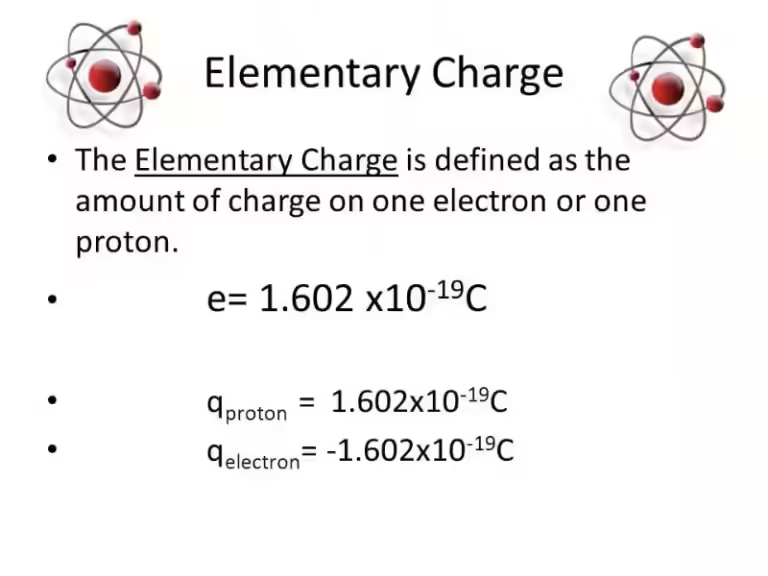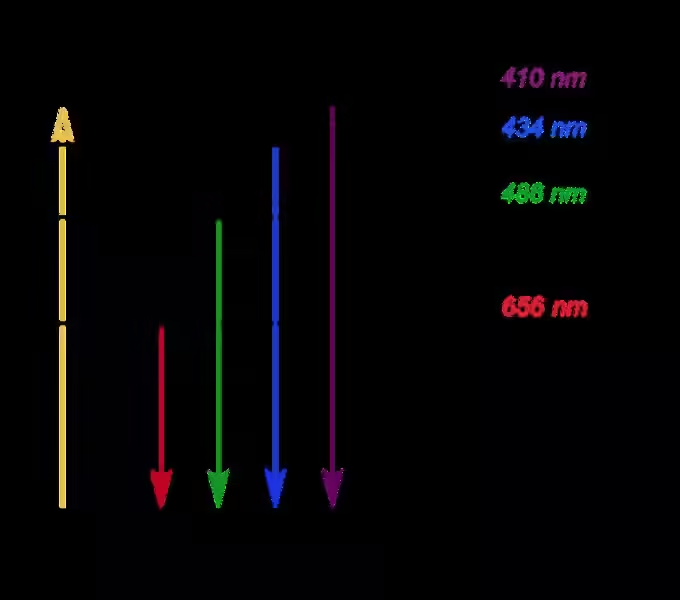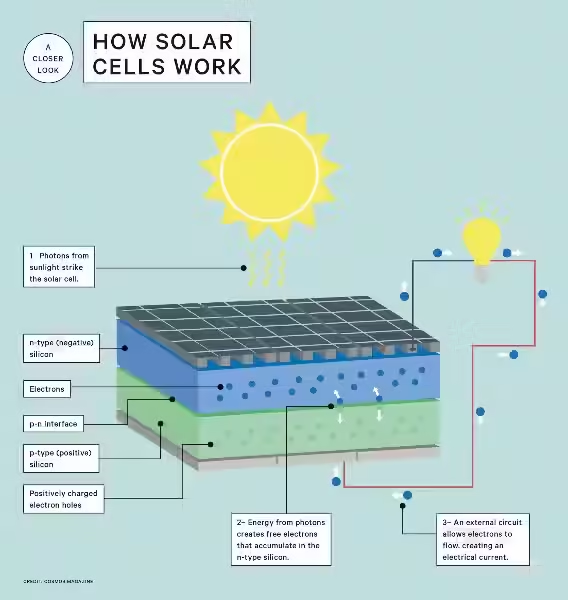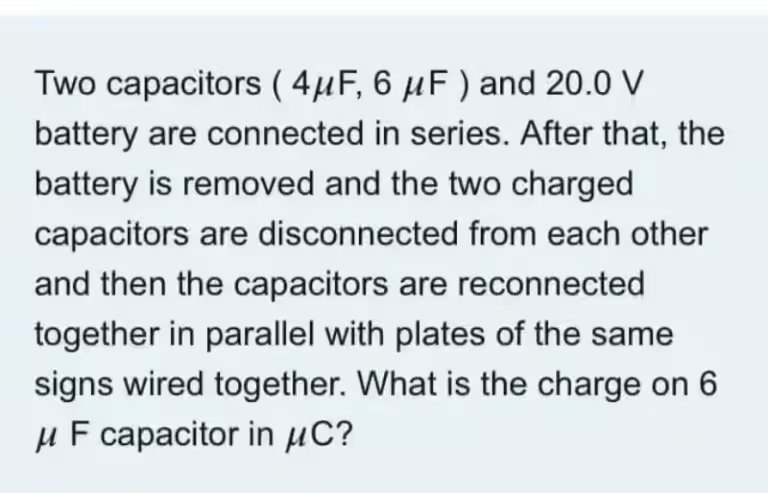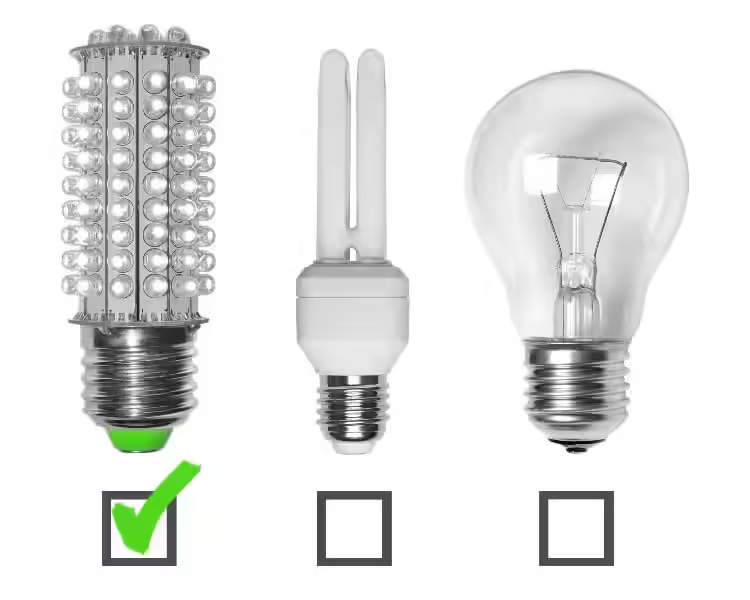Semiconductors: The Magic Behind Light Emission
Imagine a world without light. No bright screens illuminating our digital lives, no warm glow from lamps in our homes, no dazzling displays of neon signs at night. It's a world that seems unimaginable, yet it would be our reality without semiconductors that convert electrical current into light. These tiny materials, often referred to as light-emitting semiconductors, are the unsung heroes of modern technology, powering everything from our smartphones to our cars.
But how do these semiconductors work their magic? It all boils down to the interaction between electrons and the material's unique properties. Semiconductors, unlike metals, have a moderate electrical conductivity. This means their electrons are neither completely free to flow like in metals nor tightly bound to atoms like in insulators. Instead, they exist in a delicate balance, ready to be manipulated with a little push.
The Physics of Light Emission
When an electrical current flows through a light-emitting semiconductor, the electrons gain energy. As they move through the material, they encounter the semiconductor's atoms, bumping into them and transferring their energy. This energy excites the atoms, causing their electrons to jump to higher energy levels. However, these excited electrons are unstable and yearn to return to their ground state, the lower energy level. To do this, they release the excess energy in the form of light photons.
The color of light emitted depends on the energy difference between the excited state and the ground state. A larger energy difference results in higher energy photons, producing blue or ultraviolet light. Conversely, a smaller energy difference leads to lower energy photons, resulting in red or infrared light.
Types of Light-Emitting Semiconductors
The world of light-emitting semiconductors is vast, with various materials and technologies employed to create different types of light sources. Some of the most prominent examples include:
- LEDs (Light-Emitting Diodes): These are the most common type of light-emitting semiconductors. LEDs are highly energy-efficient and have a long lifespan, making them ideal for a wide range of applications, from household lighting to traffic signals. Their operation relies on the recombination of electrons and holes in a p-n junction, where the energy released is emitted as light.
- Laser Diodes: These semiconductors generate coherent light, meaning the emitted photons are in phase and travel in the same direction. This property makes laser diodes incredibly powerful and precise, enabling their use in everything from barcode scanners to optical communication networks.
- OLEDs (Organic Light-Emitting Diodes): Unlike their inorganic counterparts, OLEDs use organic materials as the light-emitting layer. They offer several advantages, including flexibility, wide viewing angles, and deeper blacks. OLEDs are commonly found in high-end televisions, smartphones, and even lighting applications.
Applications of Light-Emitting Semiconductors
The applications of light-emitting semiconductors are endless, impacting our lives in numerous ways. Here are just a few examples:
- Lighting: LEDs have revolutionized the lighting industry, offering energy-efficient and long-lasting alternatives to traditional incandescent and fluorescent bulbs. This has led to significant energy savings and reduced environmental impact.
- Displays: Light-emitting semiconductors are the heart of modern display technologies, powering everything from smartphone screens to large televisions. They enable vibrant colors, high contrast, and fast response times, enhancing our visual experiences.
- Communication: Laser diodes are essential for fiber optic communication, enabling high-speed data transmission over long distances. This technology has revolutionized the internet, allowing us to access information and connect with others faster than ever before.
- Medical Devices: Light-emitting semiconductors are used in a variety of medical devices, from endoscopes for internal imaging to laser surgery tools for precise procedures. They are helping doctors diagnose and treat diseases with greater accuracy and efficiency.
- Automotive Industry: LEDs are increasingly being used in automotive lighting, improving visibility and safety on the roads. They are also being used in head-up displays and other advanced driver-assistance systems.
The Future of Light-Emitting Semiconductors
The world of light-emitting semiconductors is constantly evolving, with researchers striving to improve their efficiency, reduce their cost, and expand their applications. We can expect to see even more innovative uses for these materials in the future. For instance, there is ongoing research into developing new types of light-emitting semiconductors for applications in quantum computing, solar energy, and even space exploration.
From illuminating our homes to powering our communication networks, semiconductors that convert electrical current into light have become indispensable to our modern world. Their ability to transform energy into light has opened up a realm of possibilities, and as technology continues to advance, we can expect to see even more remarkable applications emerge.
Frequently Asked Questions
What are semiconductors that convert electrical current into light?
Semiconductors that convert electrical current into light are called light-emitting diodes (LEDs).


